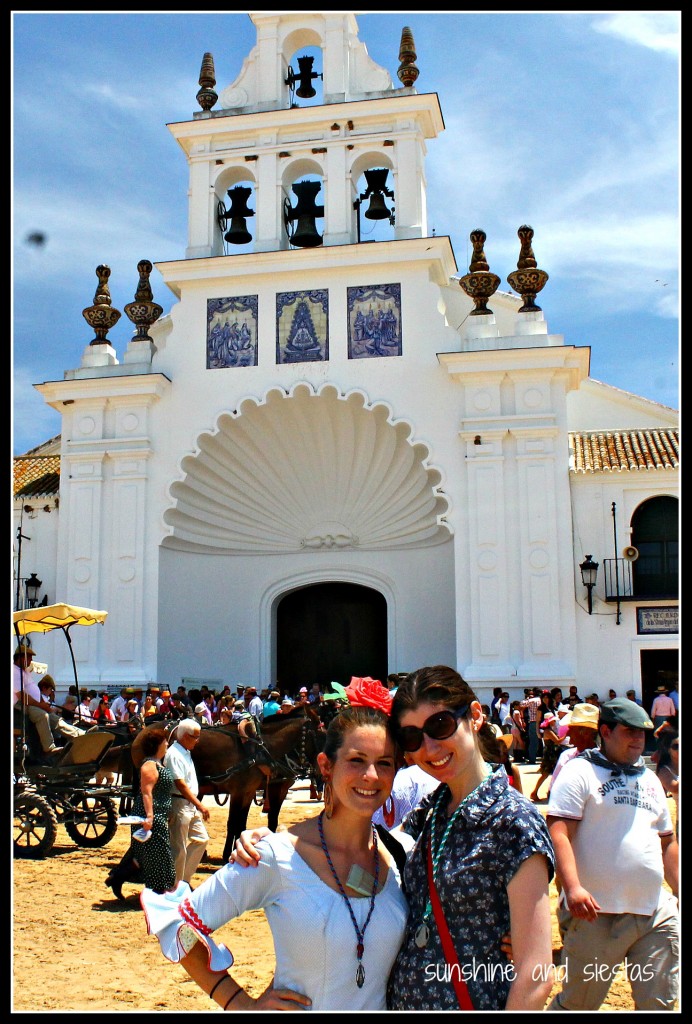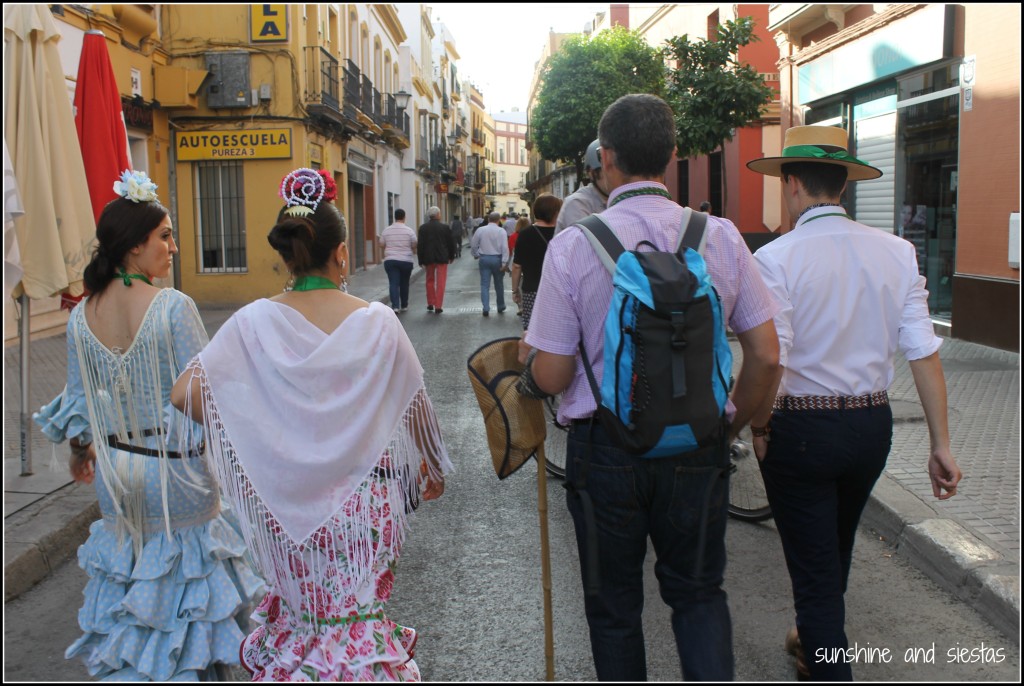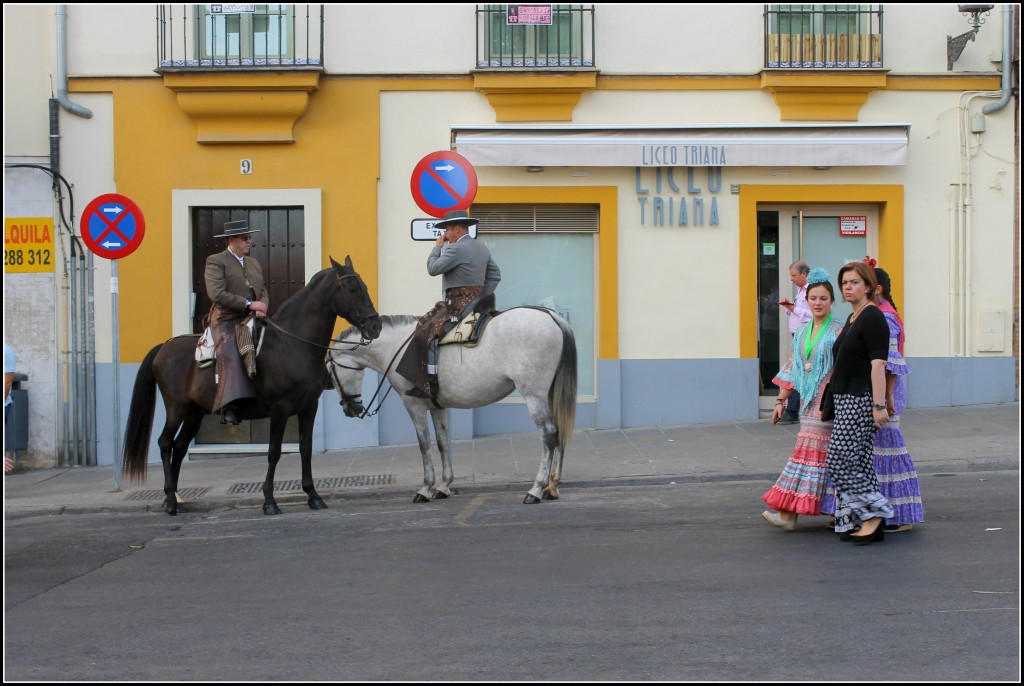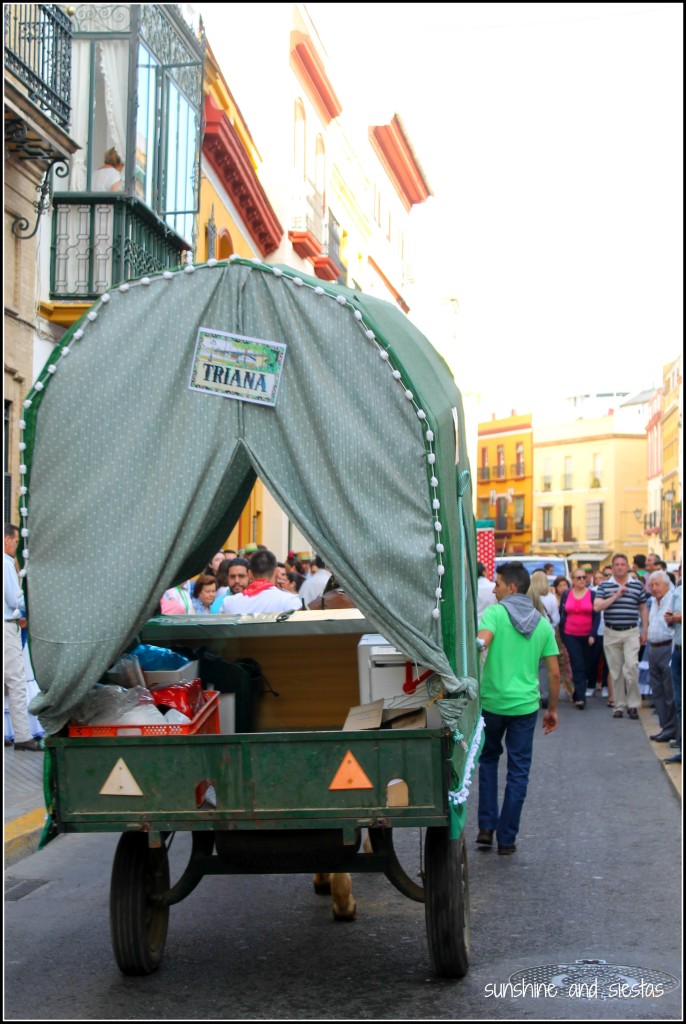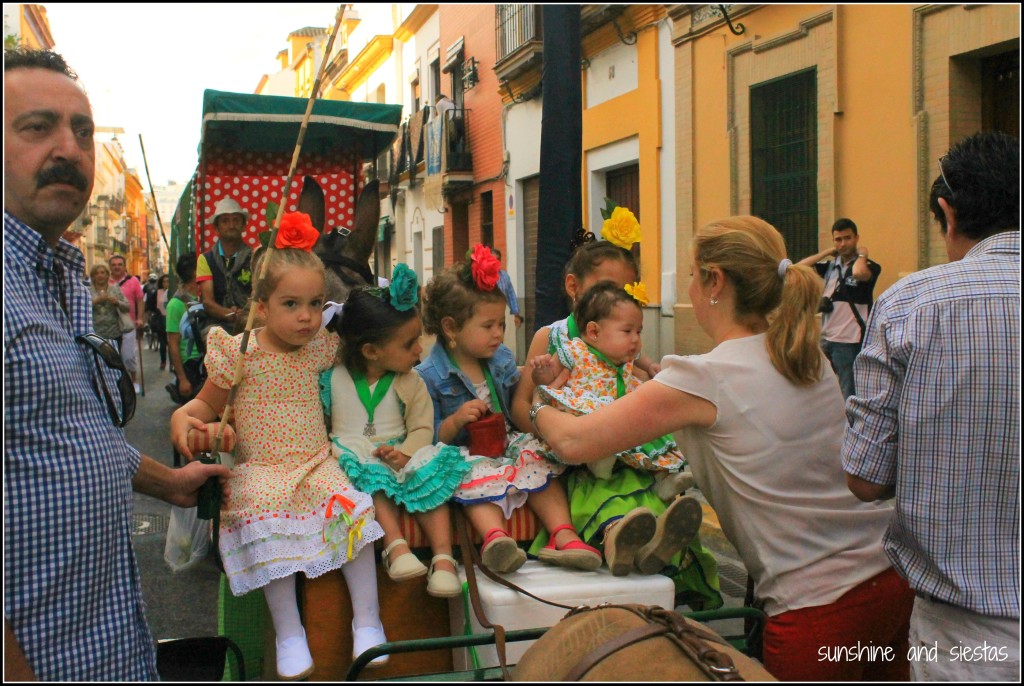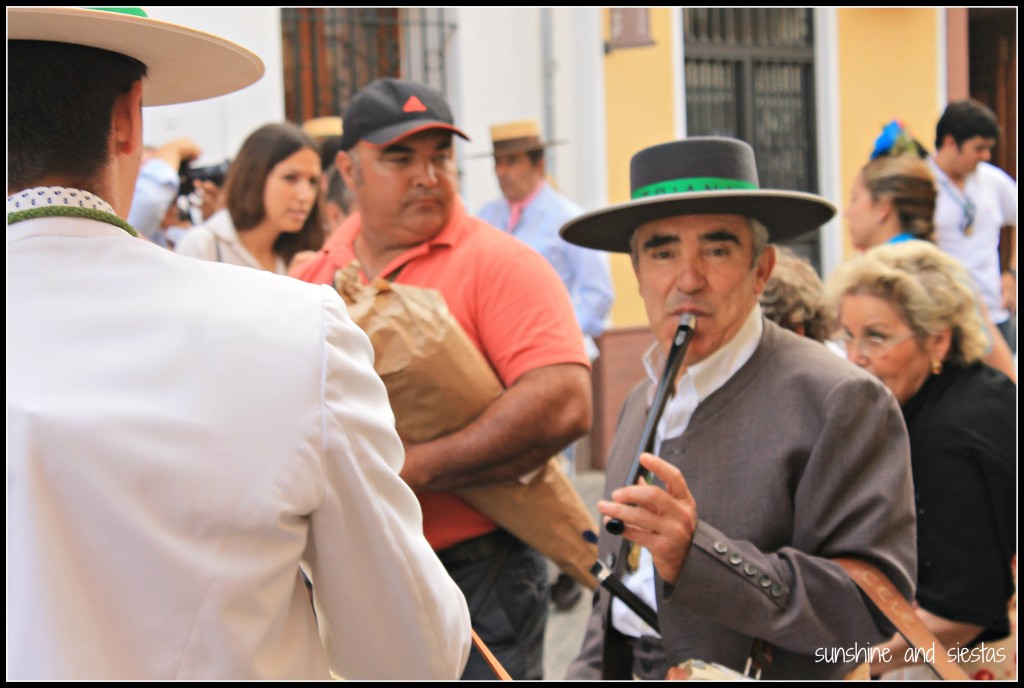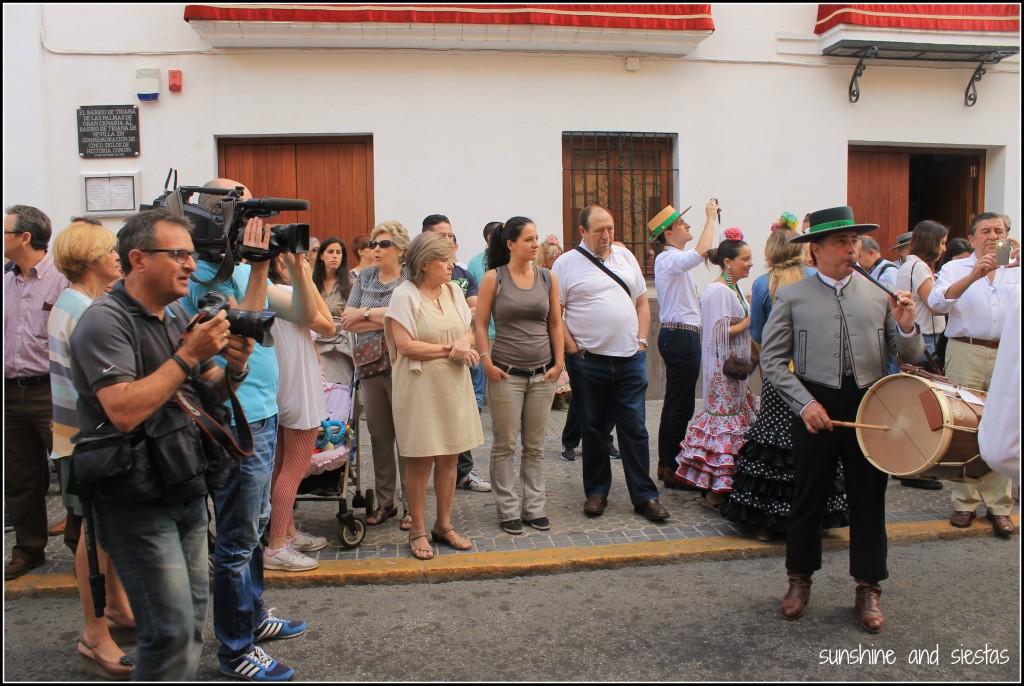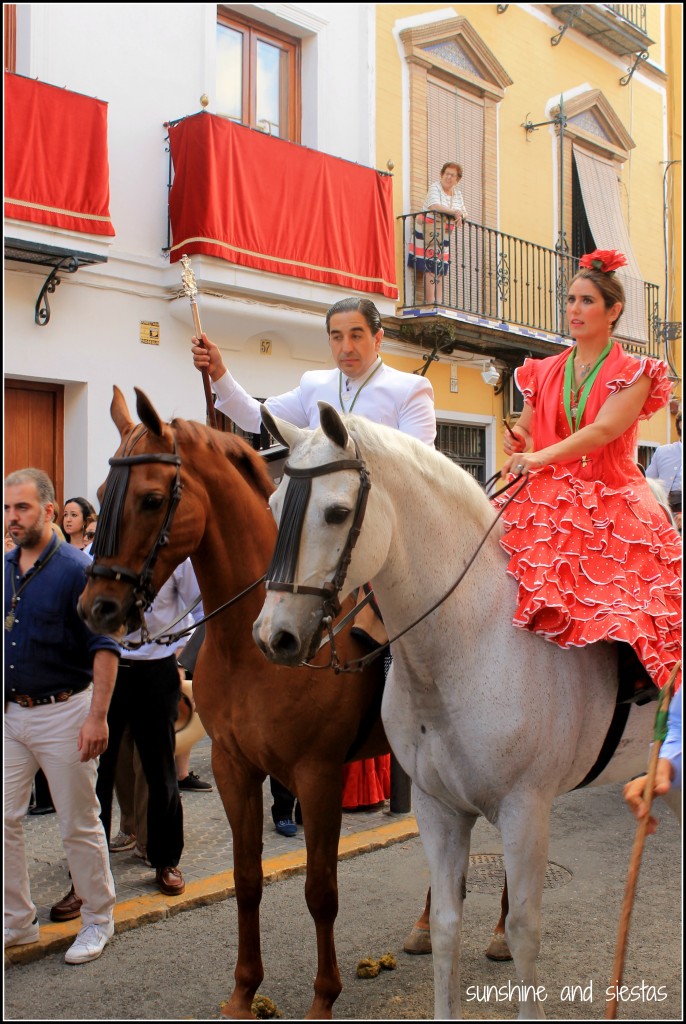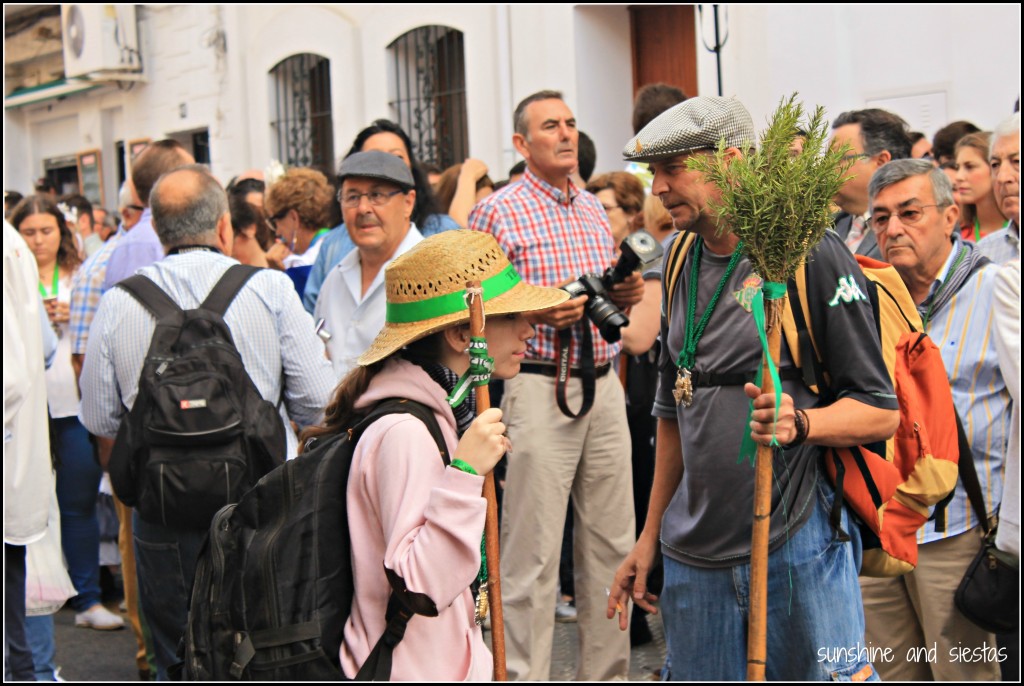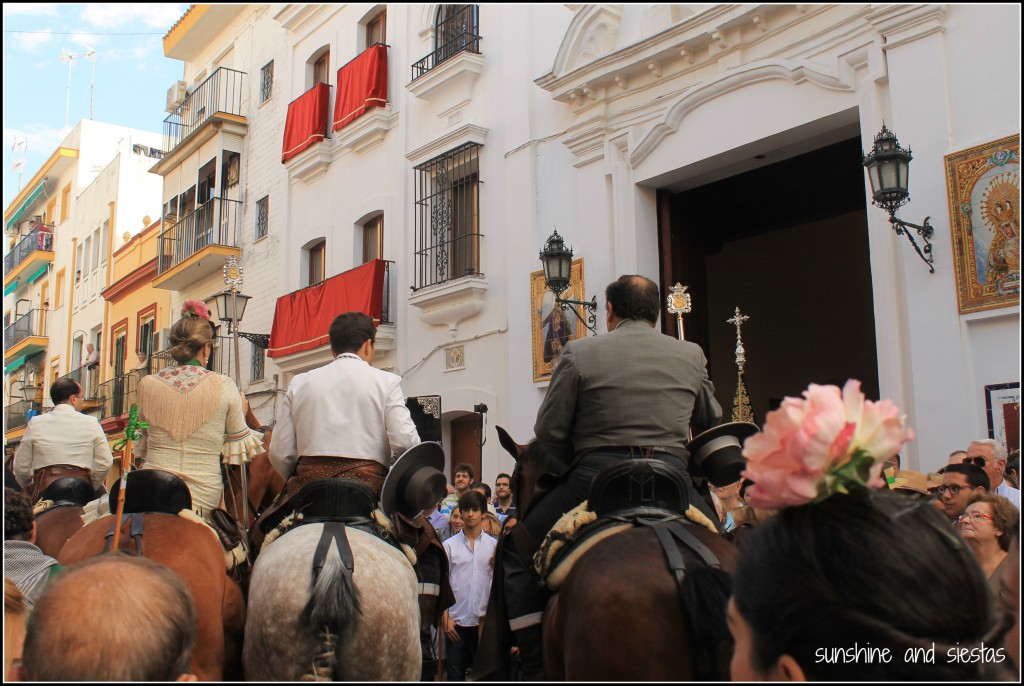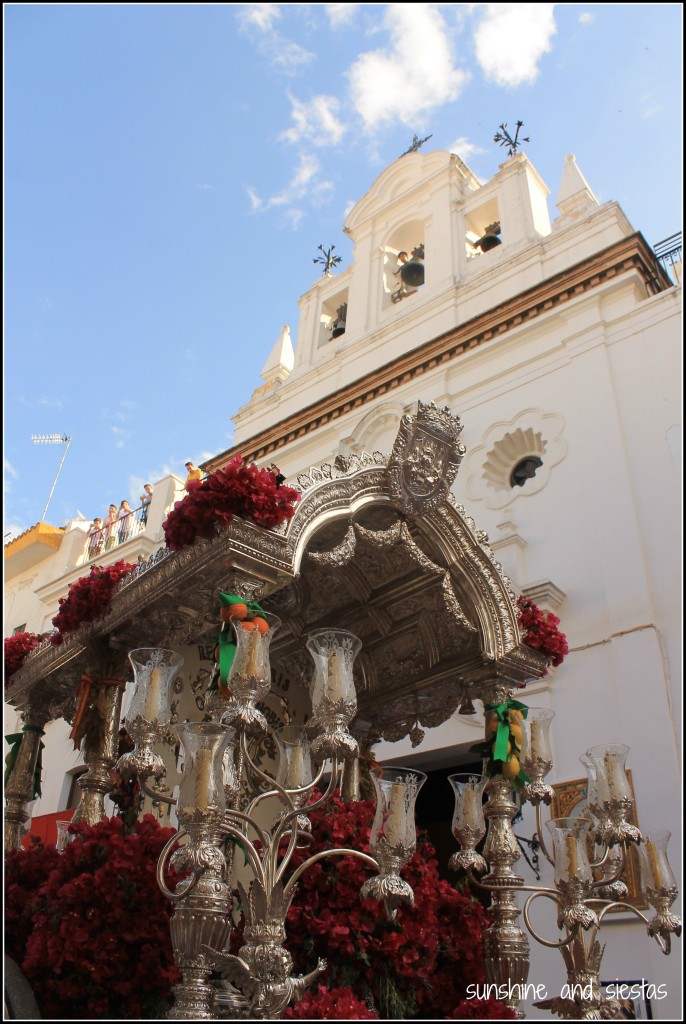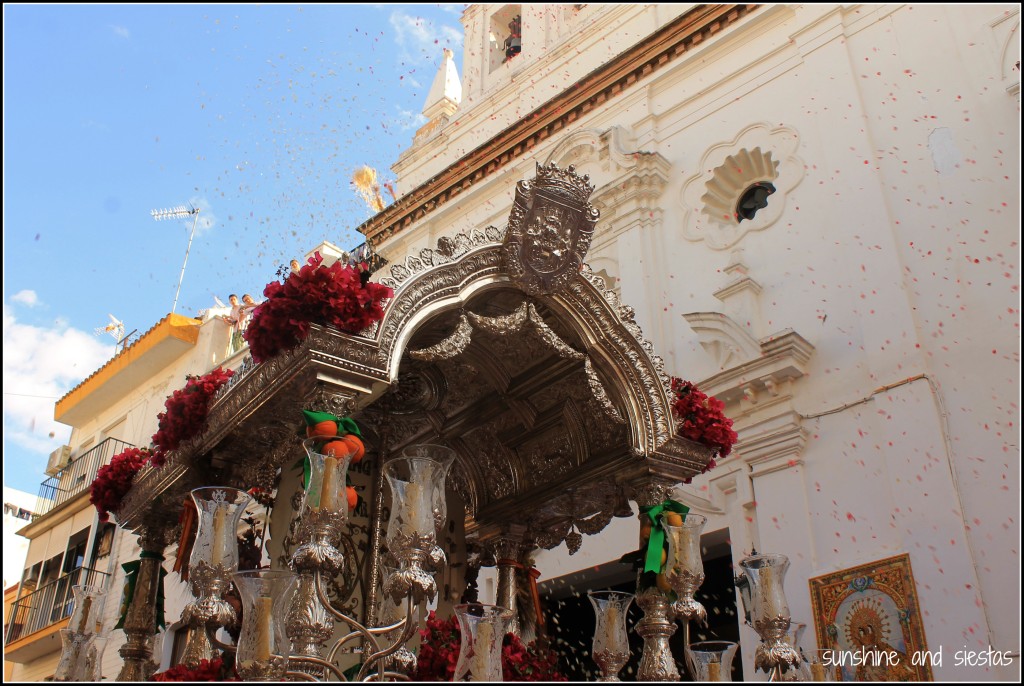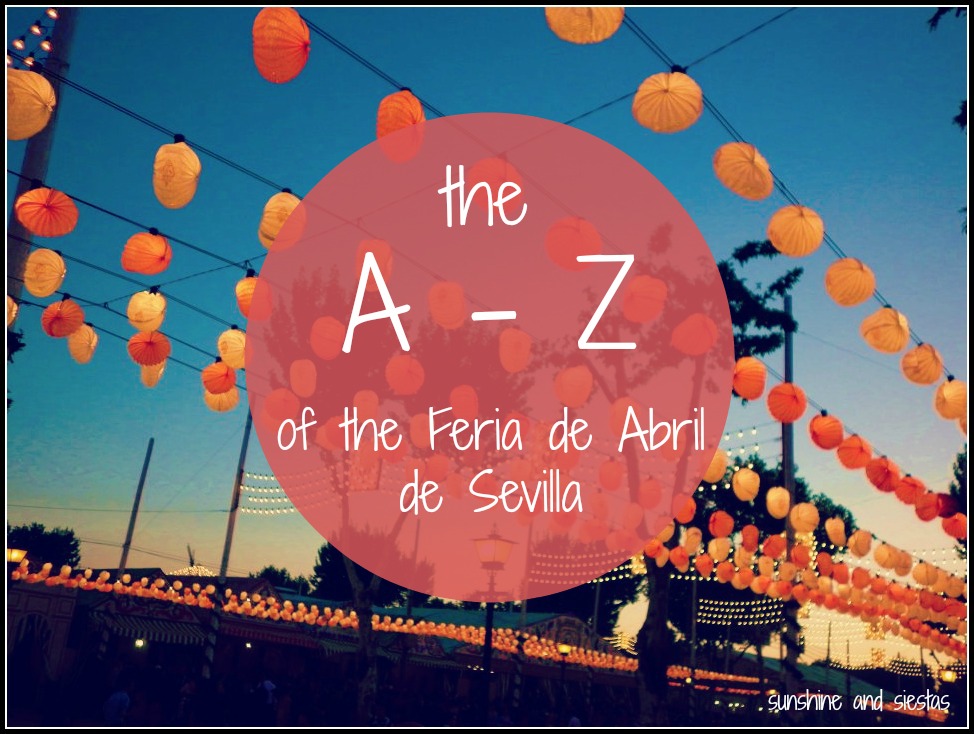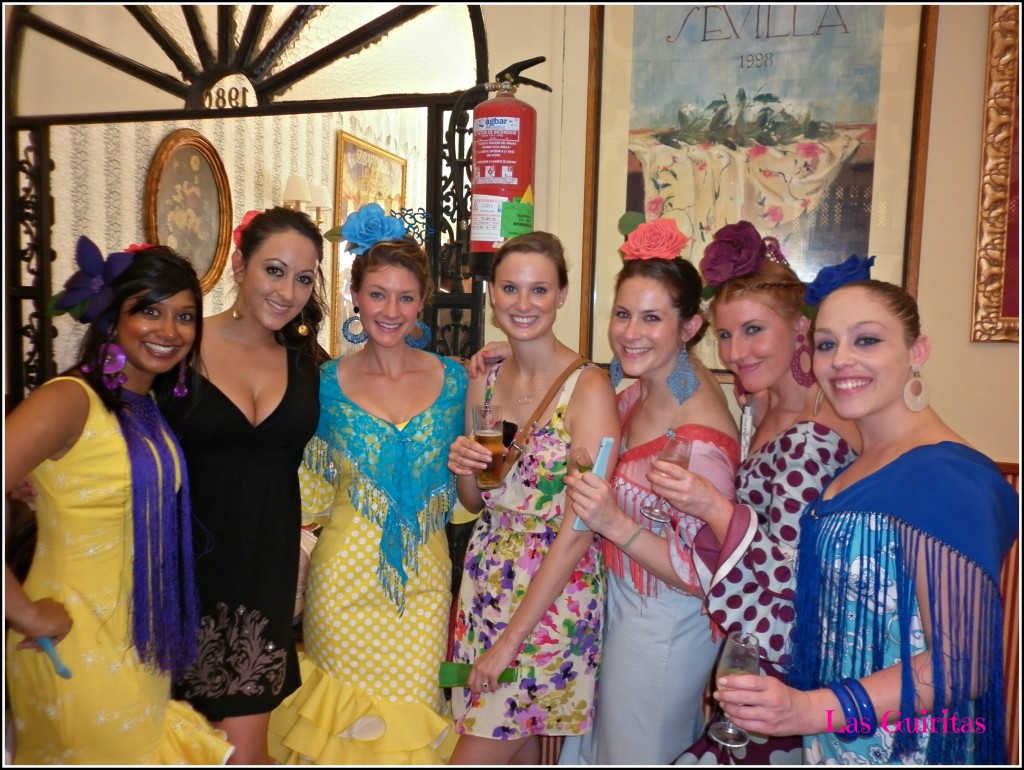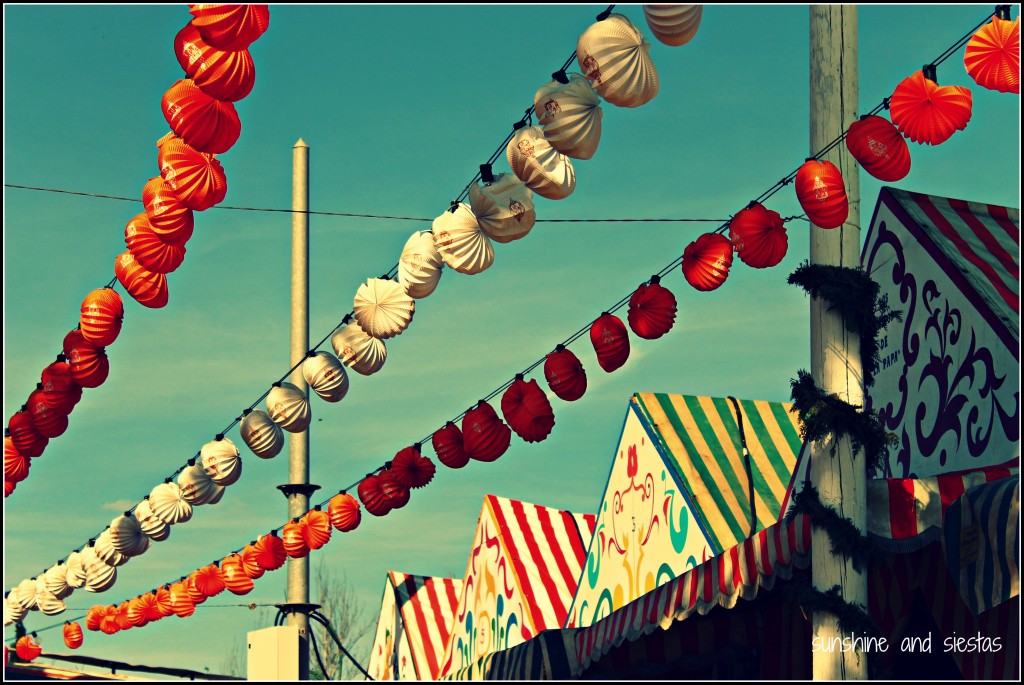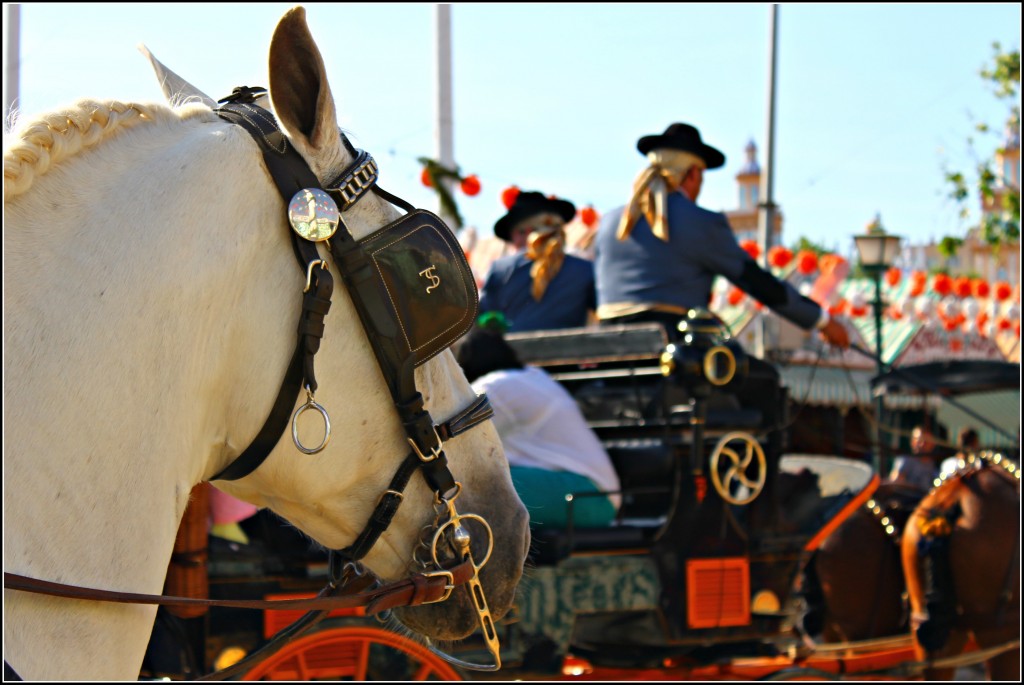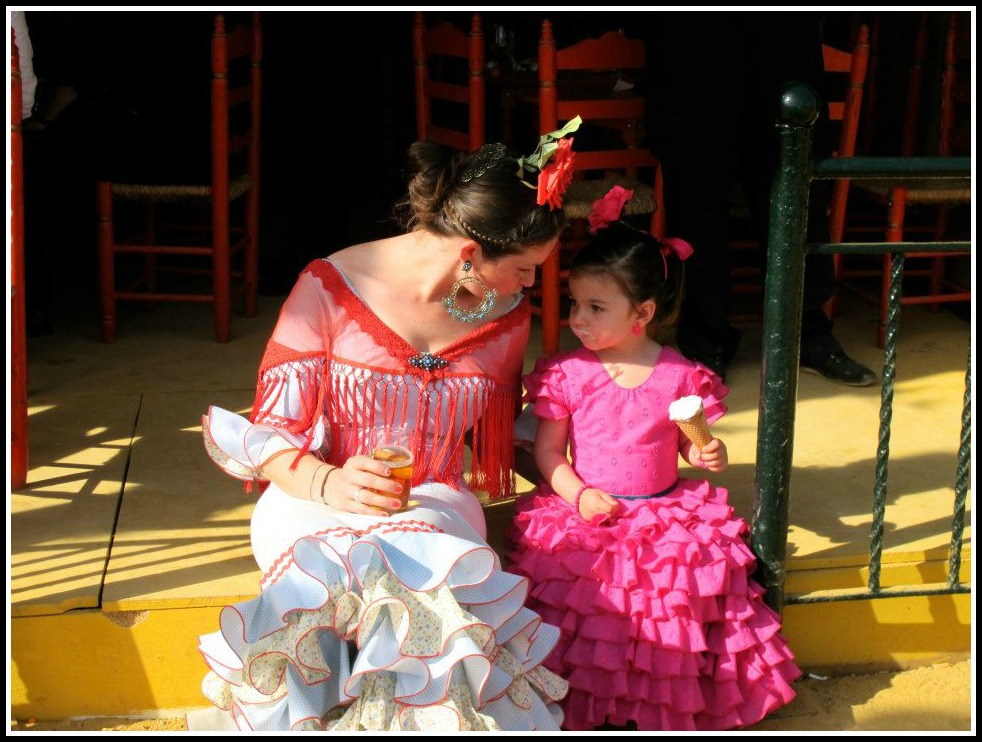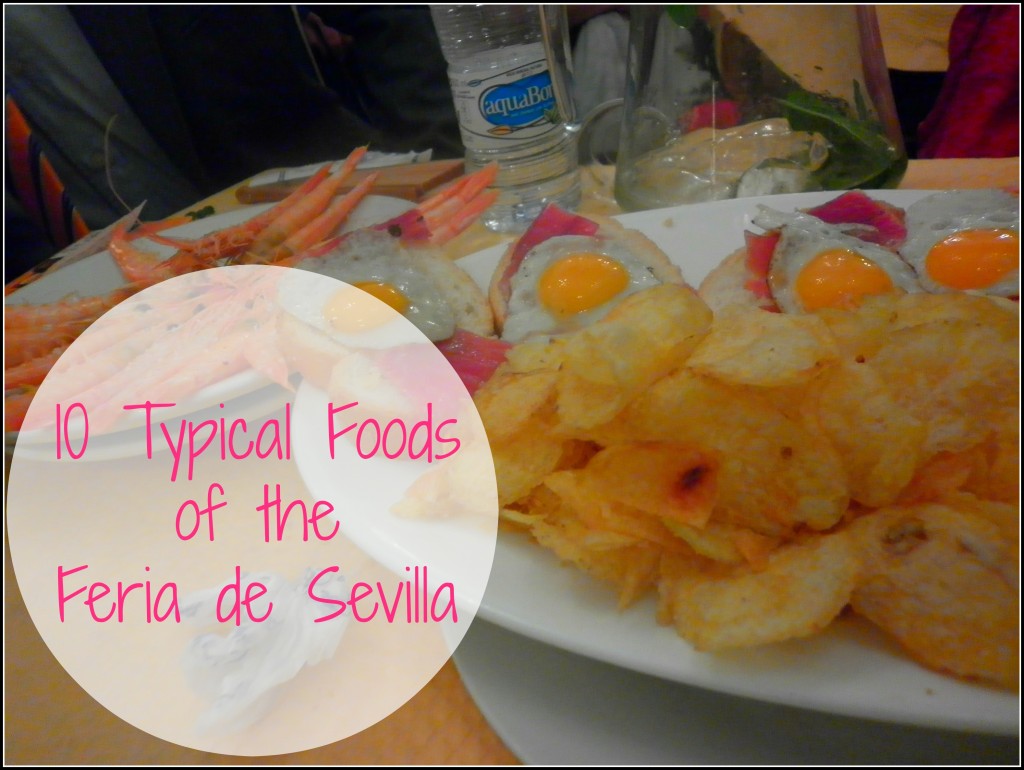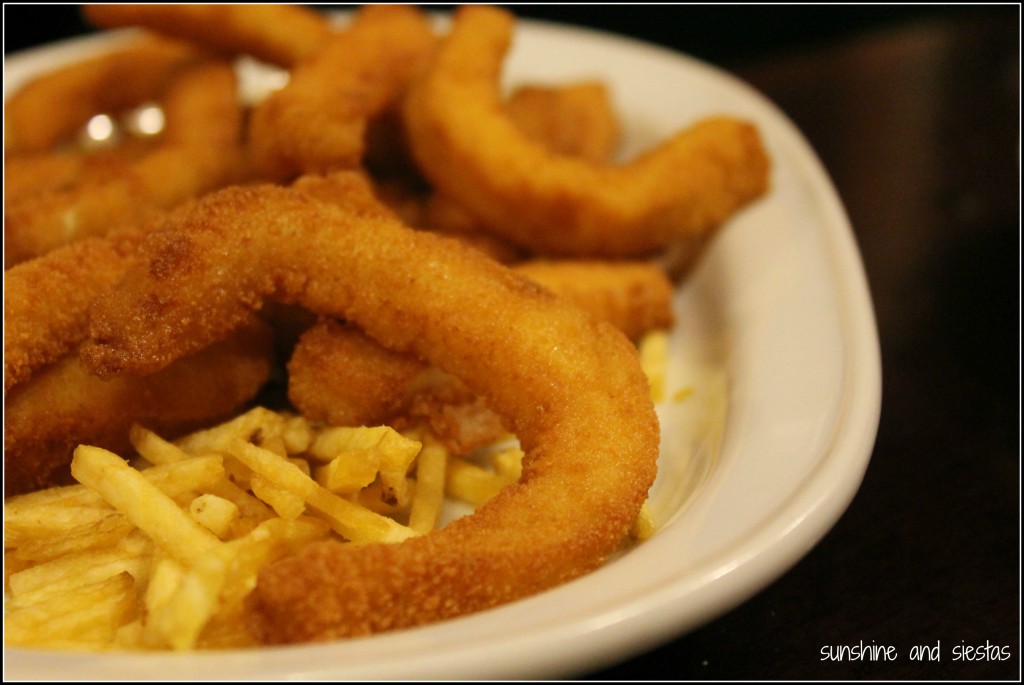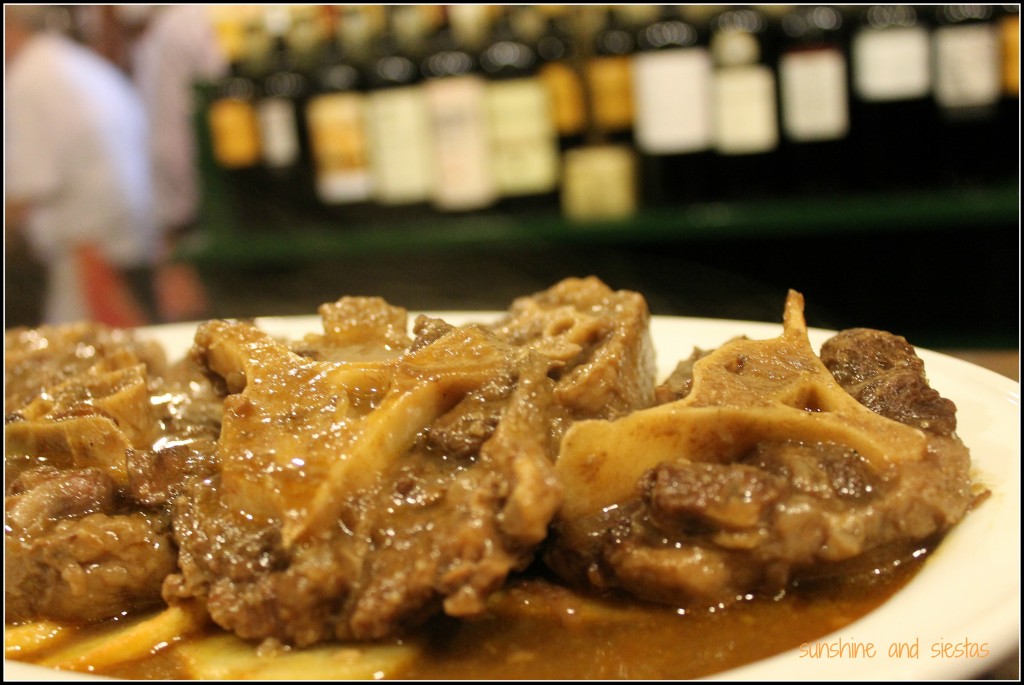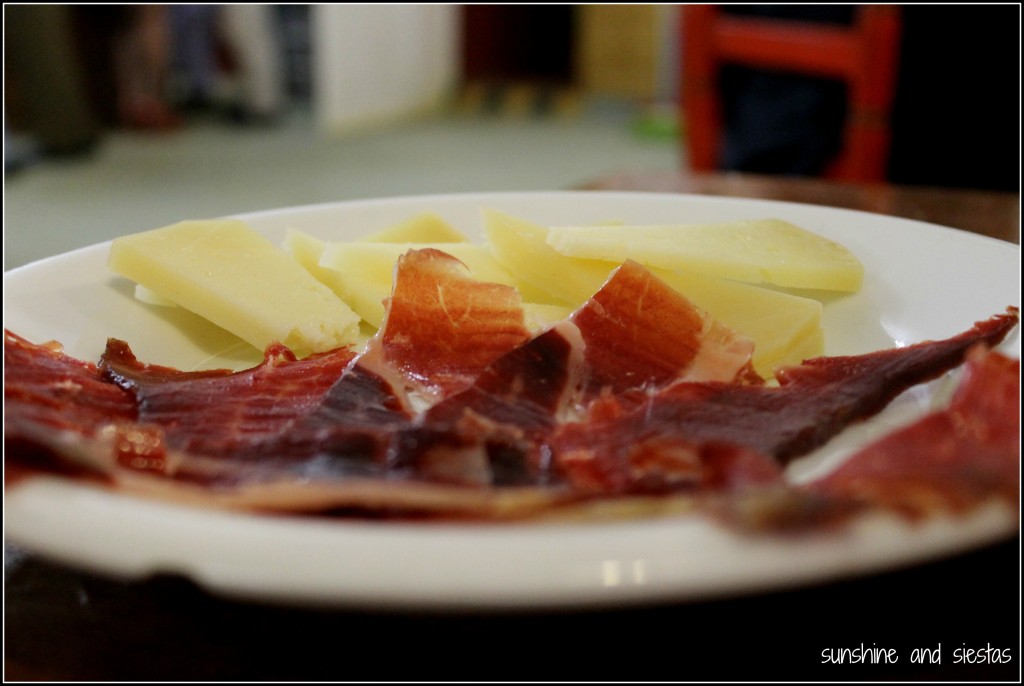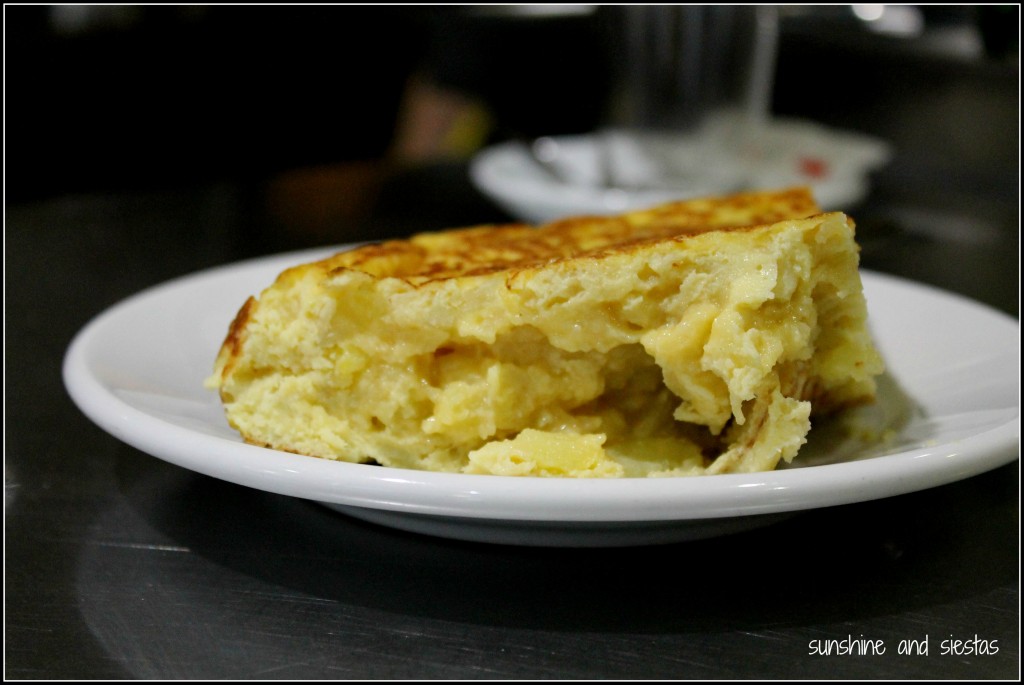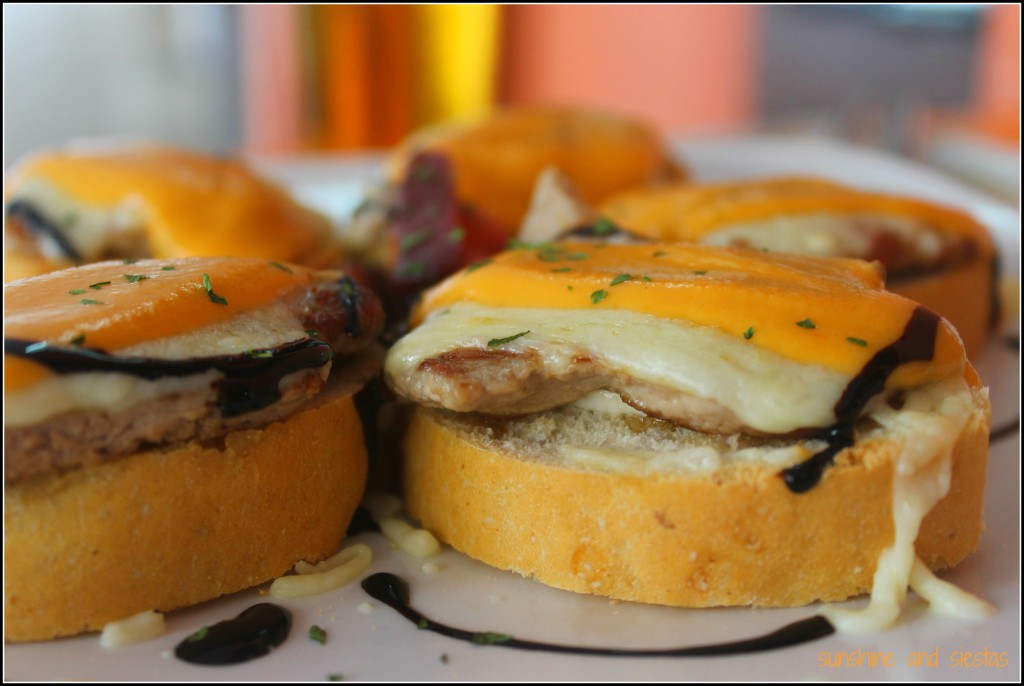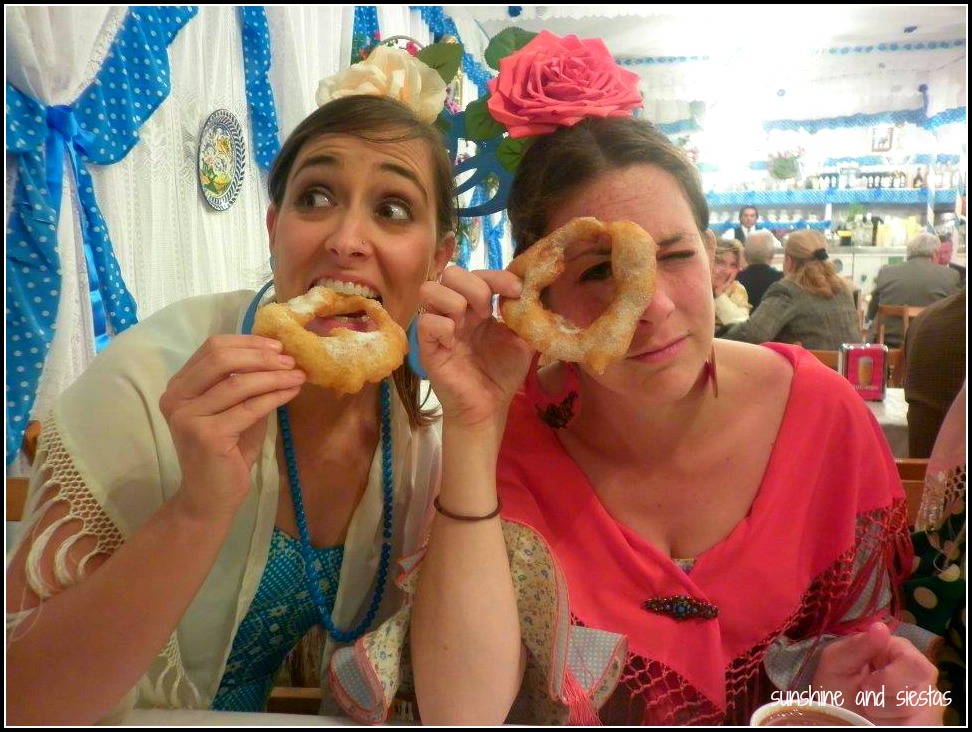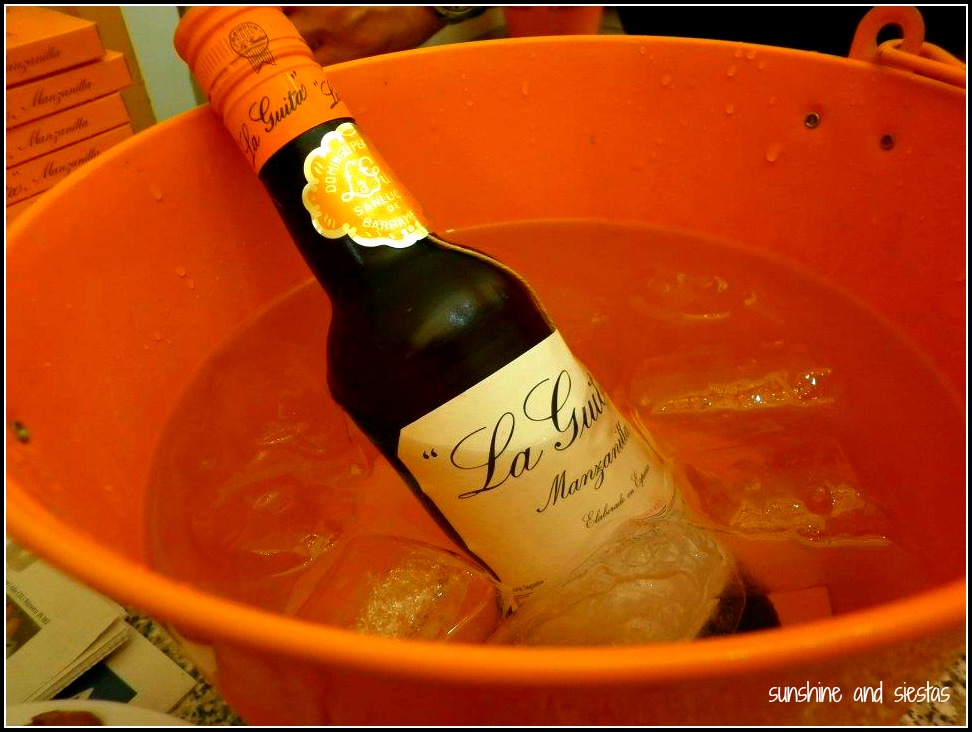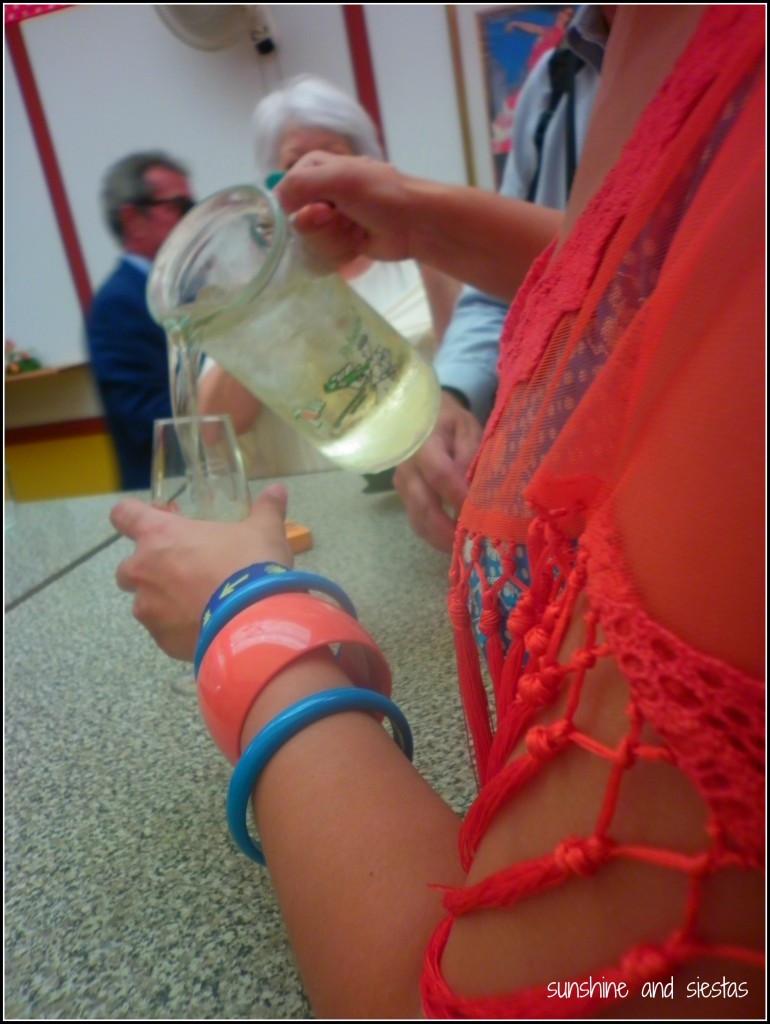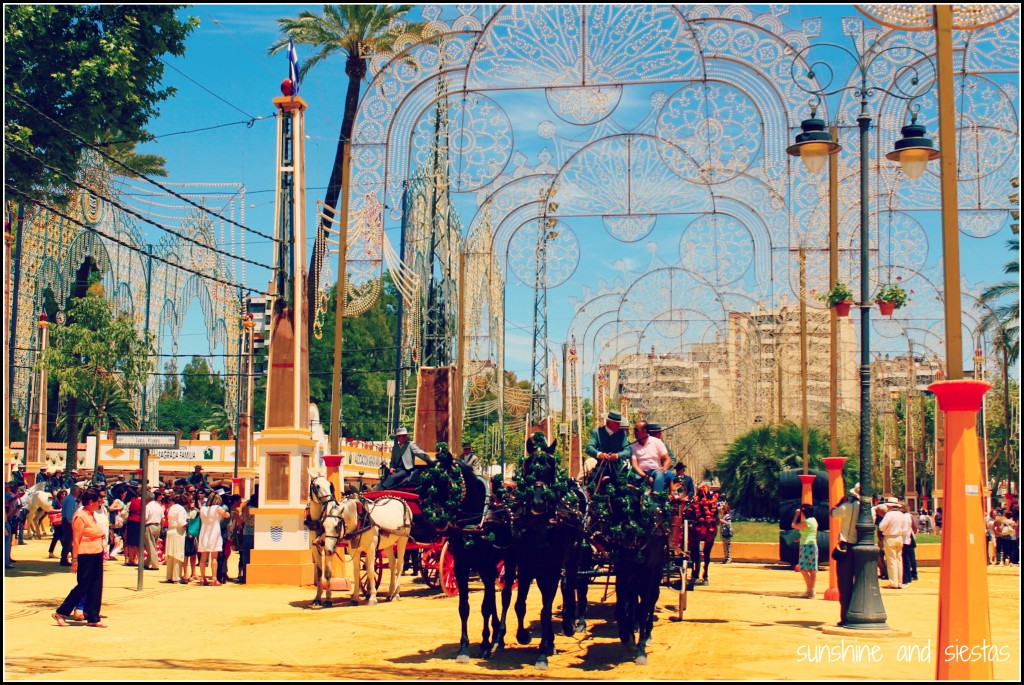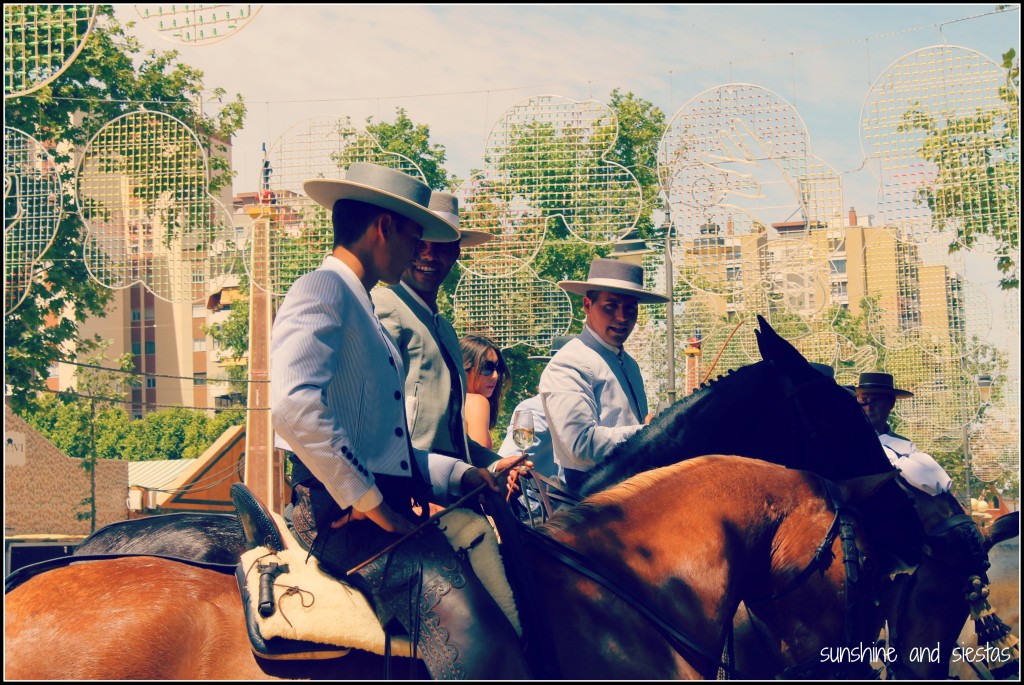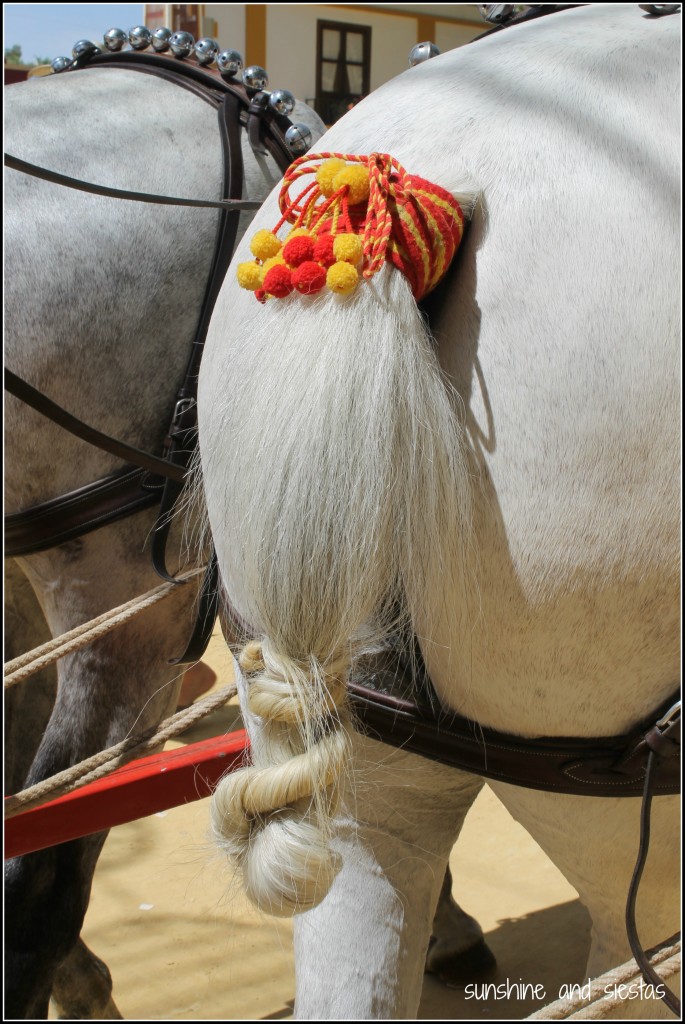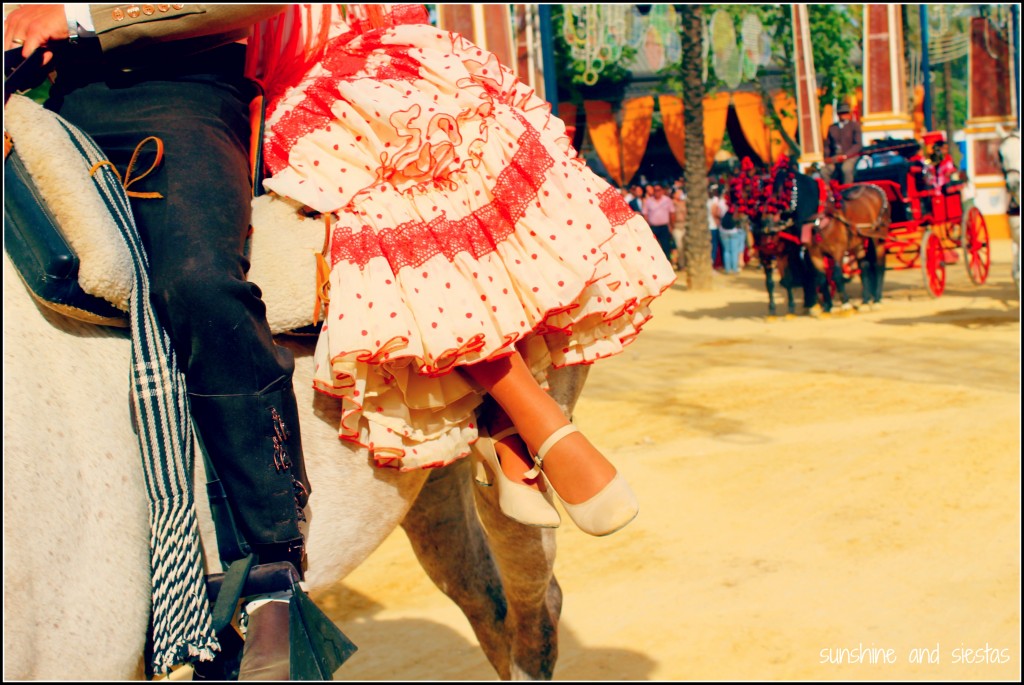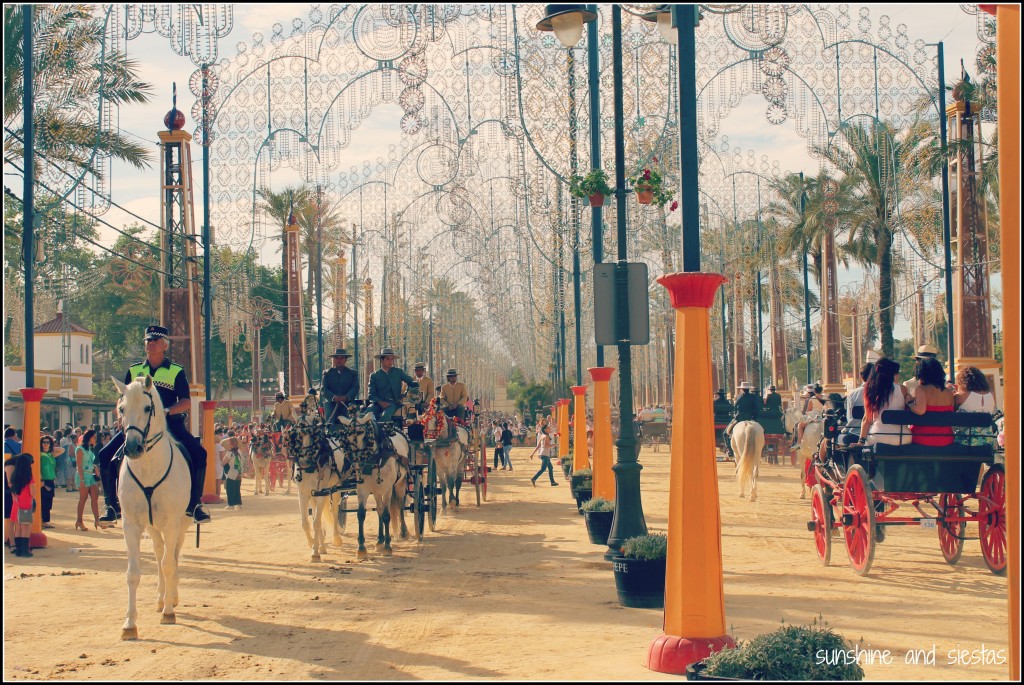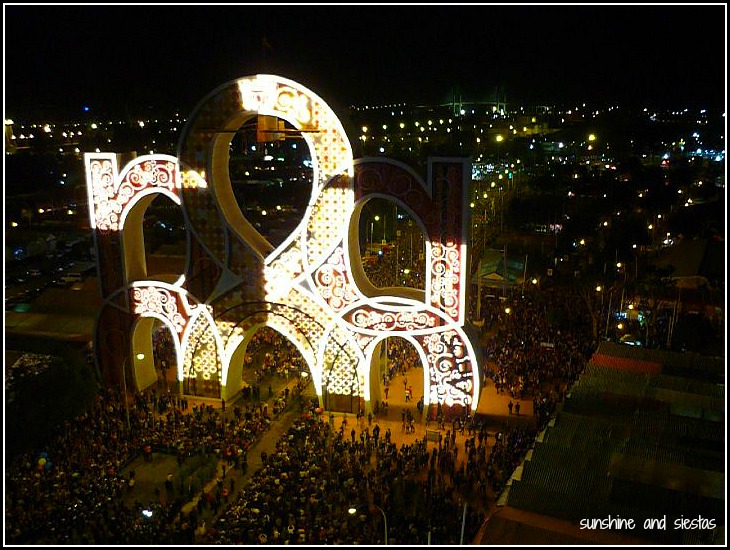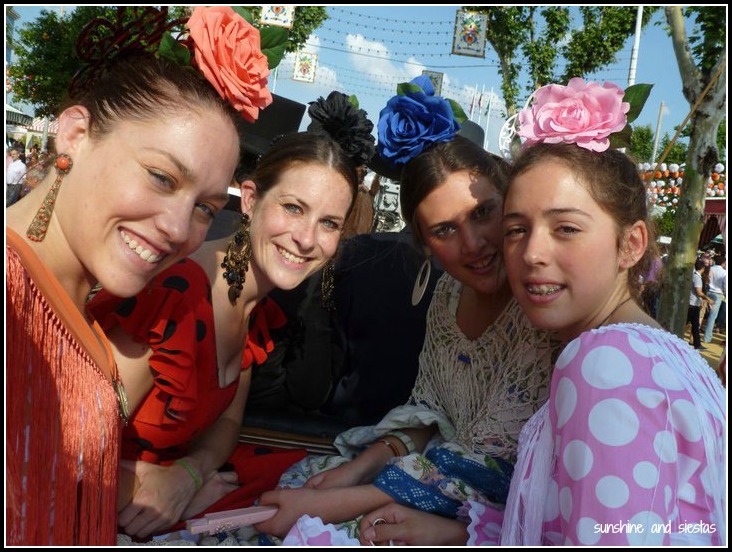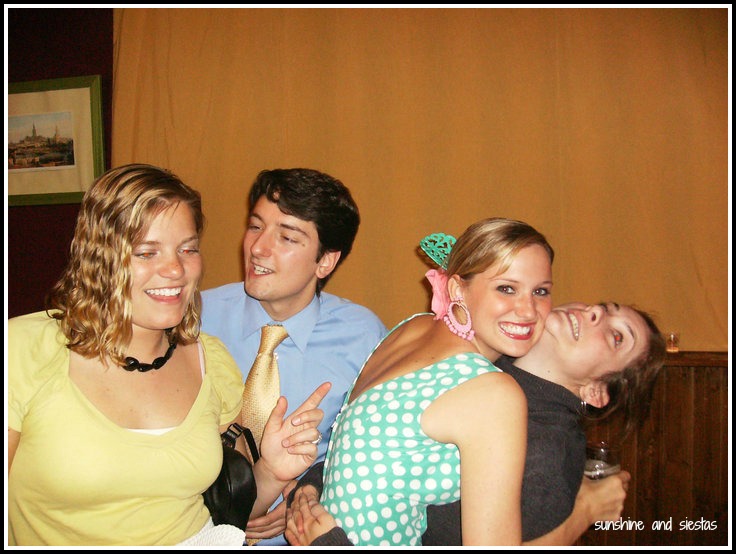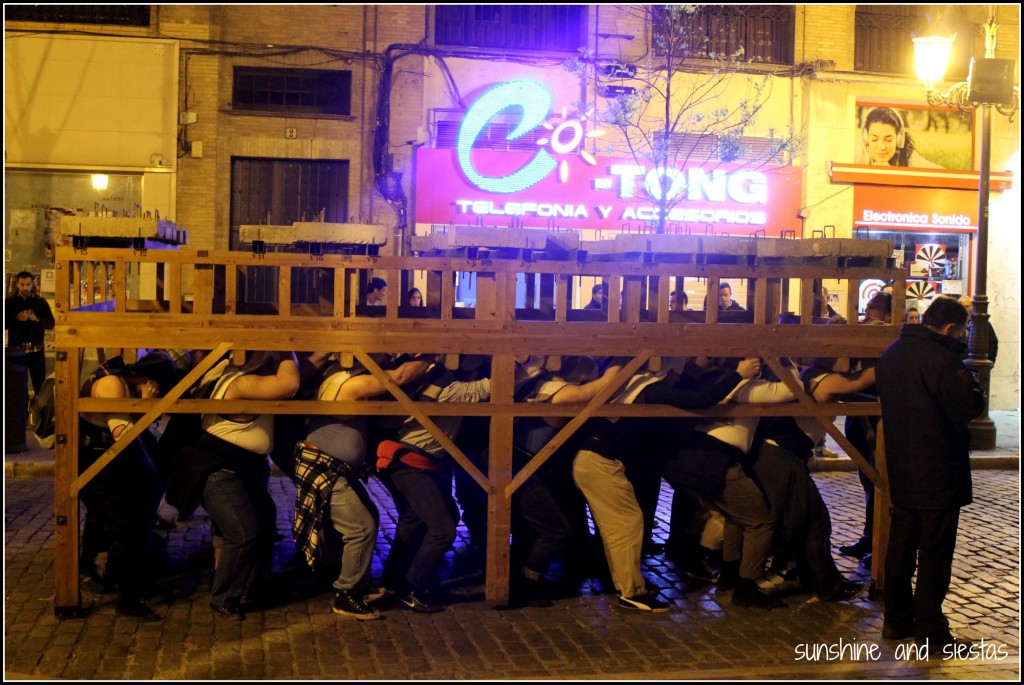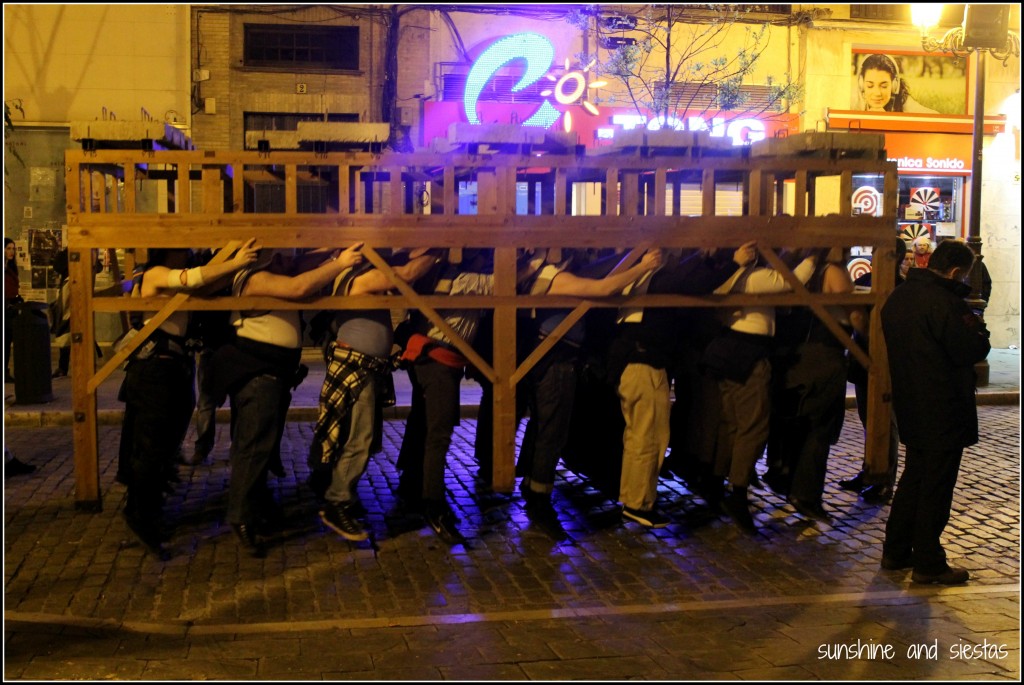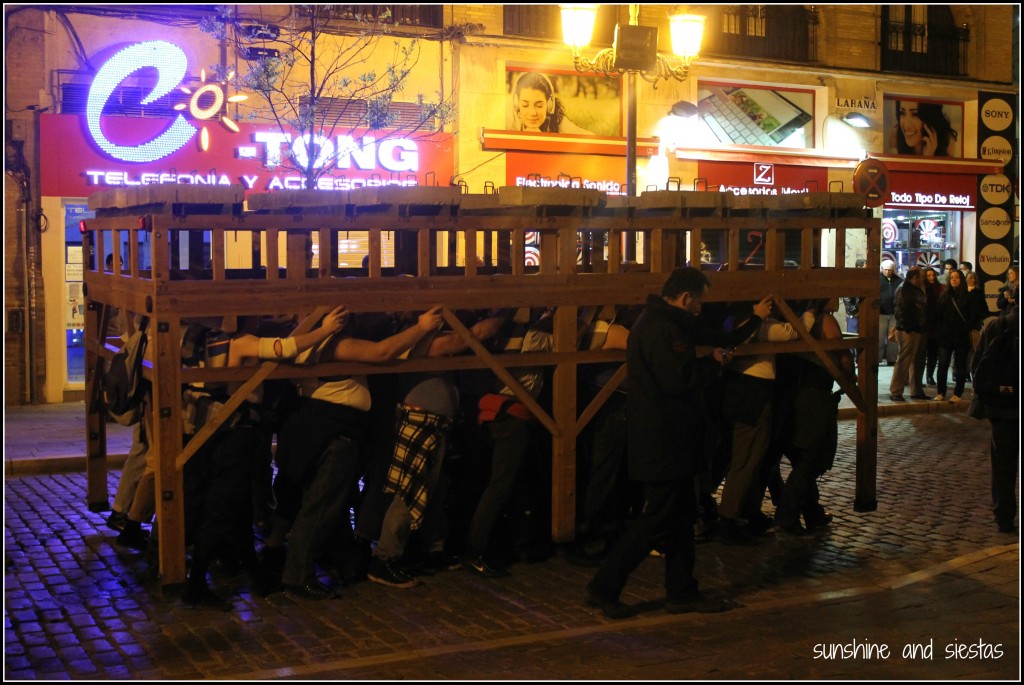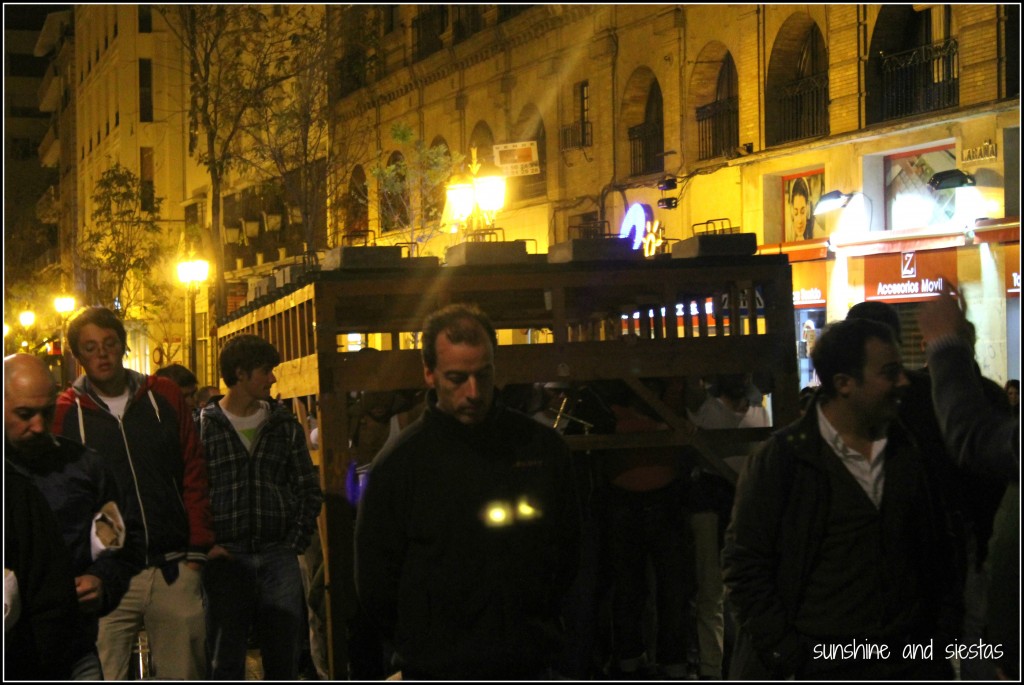“No, no, no,” Lucía shook her head fiercely as curls of white smoke escaped from her lips. “You shouldn’t be in Cerro de Águila by yourself. Crime is rampant over there.”
That following morning at the Novio’s new house in Cerro, I was woken up by the fourth-floor shaking as what sounded like a loud pop boomed throughout. I ran into the bathroom and slammed the door behind me.
Turns out the potential guns from the ‘crime capital’ of Seville were actually noisemakers of the neighborhood’s religious brotherhood.
Fifty days after Resurrection Sunday, those faithful to the Virgen del Rocío (which is practically all of Southern Spain) make a pilgrimage towards La Aldea, a small hamlet full of stately mansions and dirt roads. The striking hermitage – a grandiose white mirage set at the southern edge of la Aldea with views to the marshes of Doñana National Park – was first built on the supposed spot where Alfonso the Wise found an effigy of the Virgin Mother. Today, it’s popular for its most raucous fiesta in the middle of the springtime.
Seville counts five hermandades – Savlador and Triana are the most famous – whose numbers are staggering. On the Wednesday before Pentecost Sunday, covered wagons pulled by oxen, horses or even tractors set out towards the Almonte and la Aldea, following a silver-laden carriage with an image of the Rocío known as a simpecado. For many of the devout, this spiritual cleansing, characterized by sleeping and eating outdoors, song and dance and prayer, is the most important part.
When I worked in Olivares, many of my students went missing in the days leading up to El Rocío and the days surrounding Pentecost. I had a handful named Rocío or Paloma in homenage to the Virgin Mary who, quite possible, is the most revered in Andalucía.
Few things get me out of bed before 8am, but today I was already out the door at that time, Camarón fully charged and ready to shoot (the cohetes would have woken me up regardless). Mass at the chapel on calle Evangelista began at 7:30am, and the simpecado, preceeded by horses and pilgrims, left shortly thereafter. In the past, the carretas that carry supplied for the ten-day pilgrimage were allowed to traverse Triana, but city ordinance now mandate that the wagons start from Plaza Chapina at the northern end of the neighborhood.
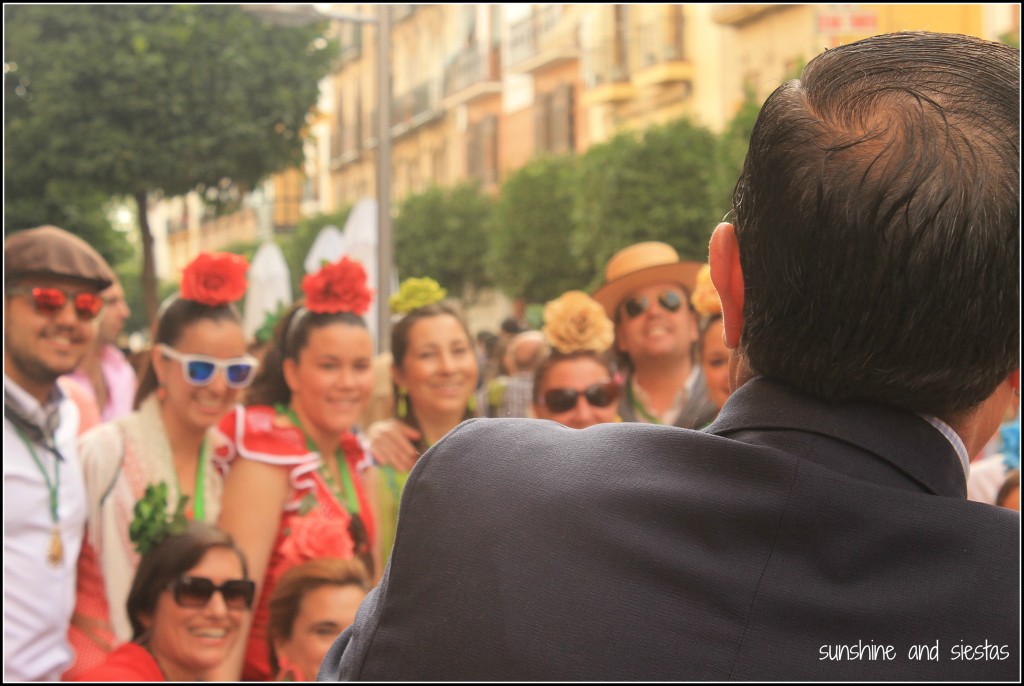
I followed the crowd to Calle Pureza and the door of the Esperanza de Triana church. Here, in one of the most emblematic monuments of the barrio, the simpecado would pass, the devout would pray and the pilgrimage would truly begin.
Perched on the curb just opposite the gleaming white temple, itself a nod to its marisma counterpart 70 kilometers west, I watched as romeros – the name for pilgrims around these parts – flooded the streets. Men wear straw hats and women don flamenco dresses that are easier to walk in, all clutching medals that bear the Virgen del Rocío.
A three-piece band led the procession. Sevillanas with a twist, rocieras use a cane and a bass drum instead of cajas and flutes in place of guitars, and singers belt out songs proclaiming the glory of the Blanca Paloma. Behind them came romeros on horseback and the image of the Virgen herself.
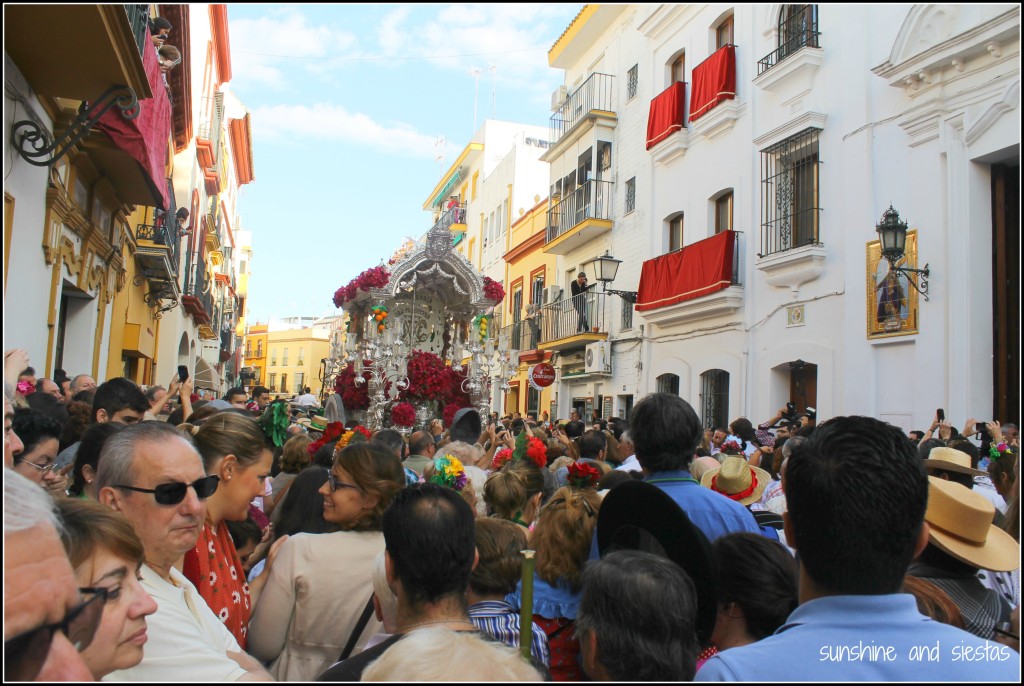
Once the simpecado had reached the door of the church, pulled by two oxen, a man on horseback removed his had and, red faced, began to rally.¡Viva La Virgen del Rocío! ¡Viva la Blanca Paloma!¡Viva la Marismeña! Each battle cry was followed by a hearty ¡Viva!
“¡Y Viva Triana! ¡Viva Triana! ¡Viva Triana!”
Everyone around me erupted into song as petals were thrown from the roof of the church. While El Rocío has a steady dose of hedonism, the true root of the festival lies in soul-stirring devotion. I felt moved in the same way that Semana Santa touched me. People stopped shoving and began to cry, crossing themselves as they proclaimed that only in Heaven is the Virgen del Rocío more loved.
Want to read more about the festival? I attended the Pentecost Sunday activities –¡vestida de gitana! – in 2012.

